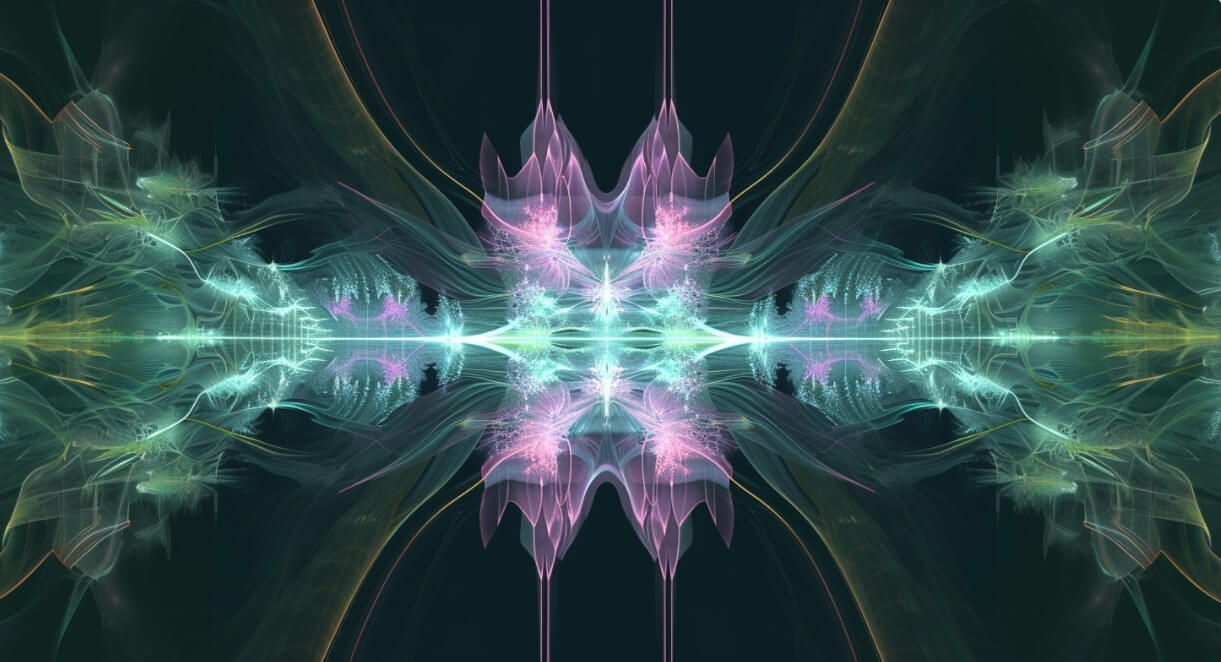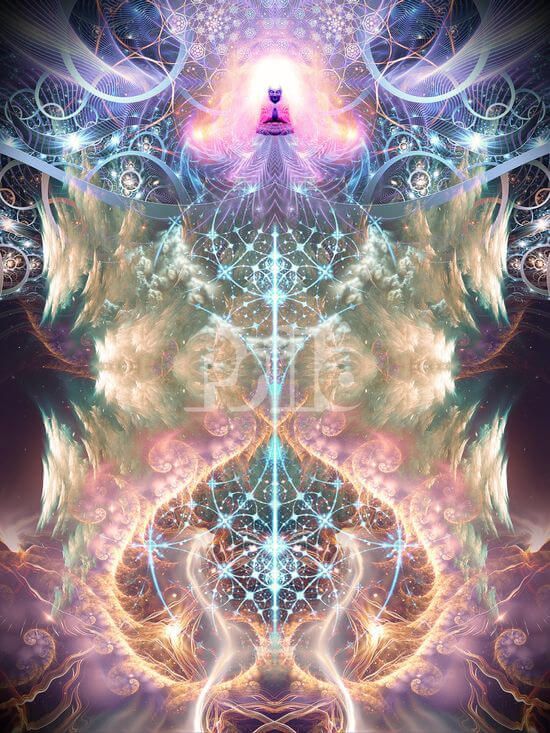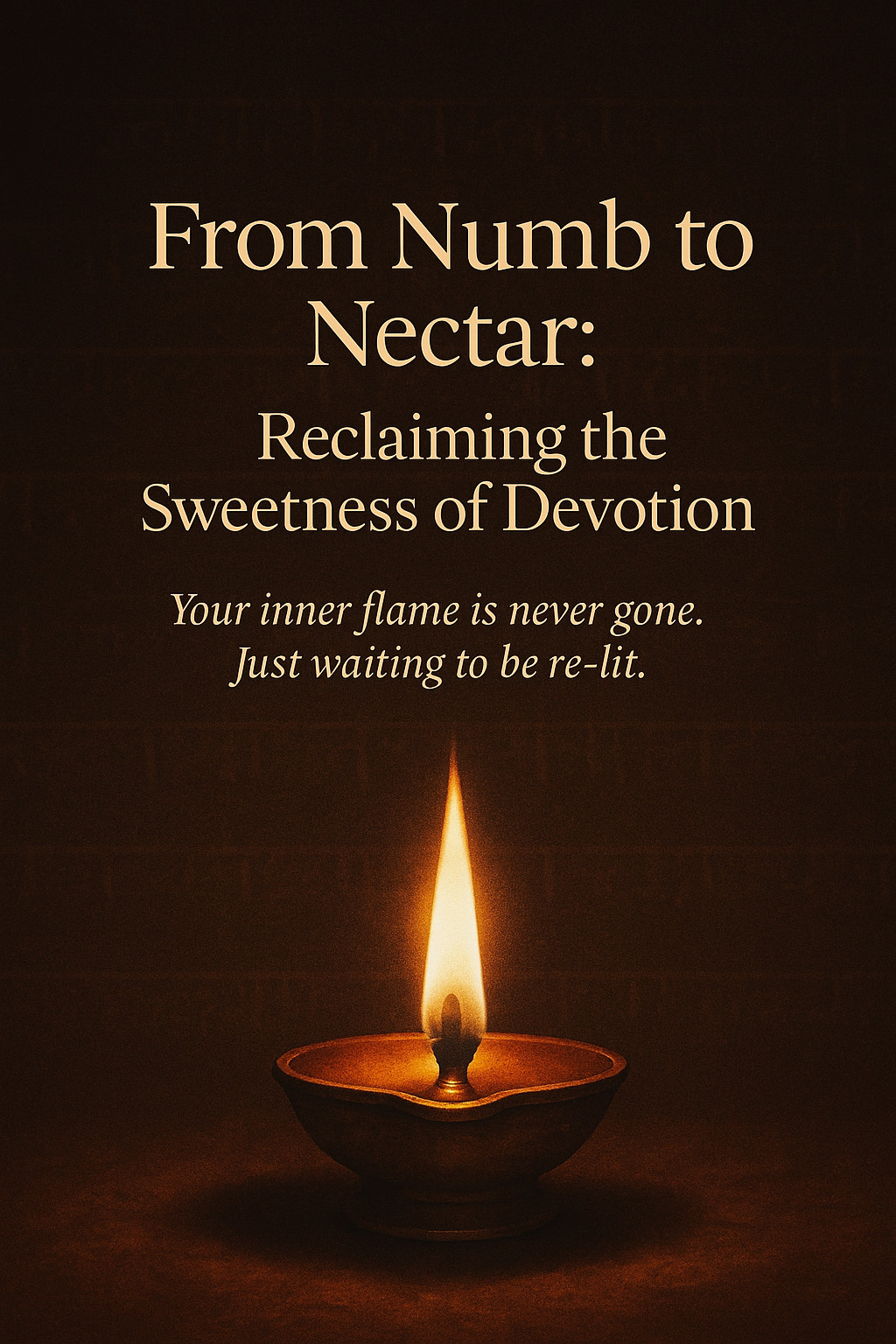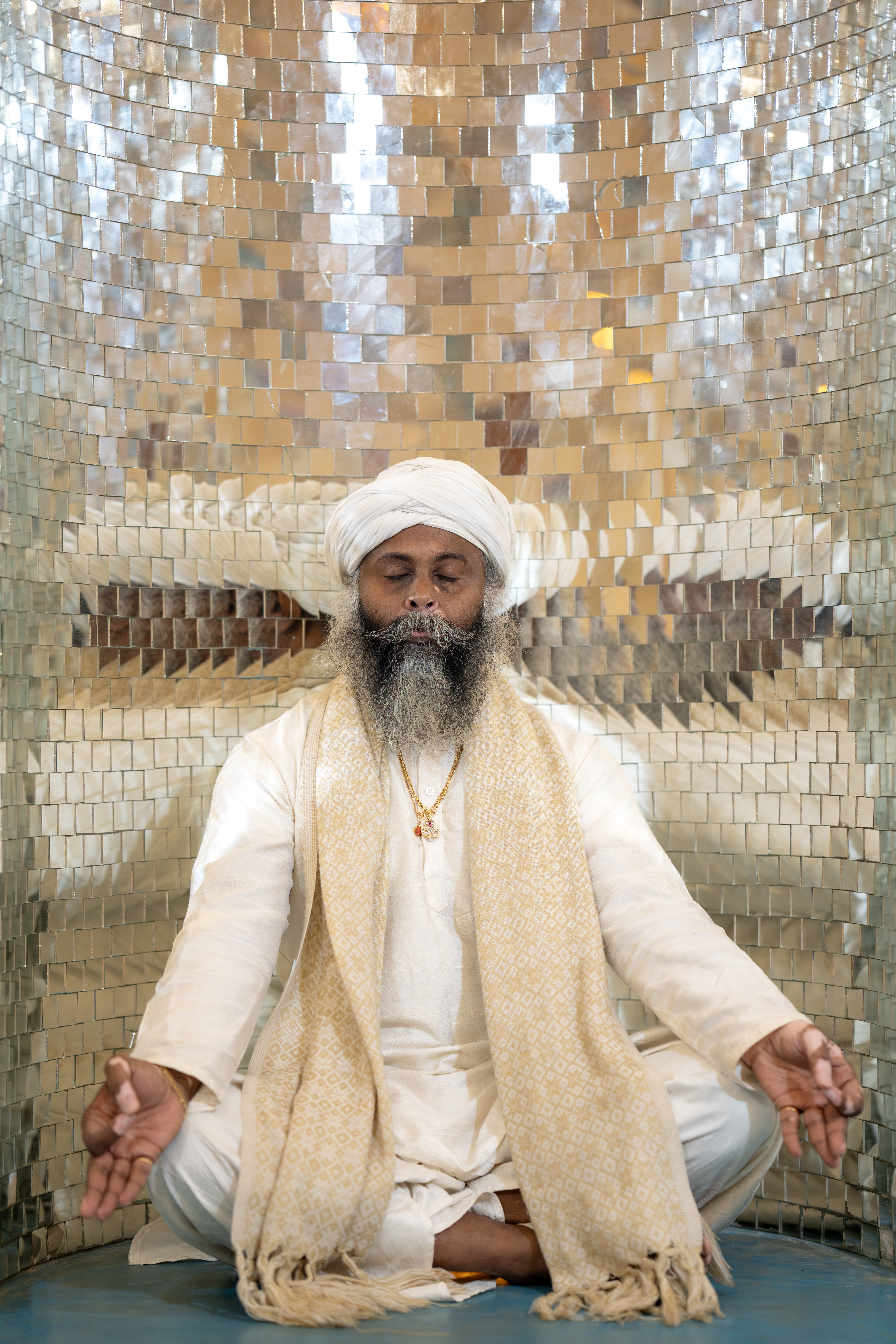Music and mantra are both profound expressions of sound, but they serve distinctly different purposes in our lives and spiritual journeys. Music, with its intricate melodies, harmonies, and rhythms, appeals to our aesthetic senses, touching our emotions and evoking feelings of joy, melancholy, inspiration, and nostalgia. Mantra, on the other hand, transcends the emotional realm and operates within the realm of precision, frequency, and cosmic mathematics. The distinction between these two forms of sound—one grounded in art, the other in science—highlights the deeper spiritual significance that mantra carries.

The Aesthetic Nature of Music
Music, in its most universal sense, is an artistic expression. It resonates with the human experience, translating our emotions, thoughts, and feelings into an audible form. Whether it’s classical symphonies, folk songs, or contemporary beats, music is fundamentally subjective. Its beauty lies in its ability to evoke emotions and tell stories. Each note, each melody, each rhythm is designed to speak to the heart and mind in a unique way.
Music is built around the principles of aesthetics, where the listener is transported into different realms of experience. It follows patterns of harmony and disharmony, tension and release, ultimately creating an experience that feels satisfying, enriching, or cathartic. Music stirs the soul by appealing to our senses and emotions.
Mantra: The Precision of Cosmic Mathematics

In contrast to music’s emotional and aesthetic appeal, mantra operates on a different level of consciousness altogether. A mantra is not just sound, but a precise arrangement of syllables, frequencies, and vibrations that hold a specific intention. While music may be subjective and open to interpretation, mantras are based on pure mathematics. Each syllable and sound in a mantra is a mathematical unit of vibration, designed to create a certain effect on the mind, body, and soul.
Mantras are derived from ancient spiritual texts and traditions, particularly in Vedic philosophy, where sound is seen as the fundamental building block of the universe. The concept of Nada Brahma—"the universe is sound"—underpins the science of mantra. Mantras are considered sacred sounds that align the individual with universal consciousness. When recited correctly, mantras carry the power to heal, protect, manifest desires, and ultimately lead to spiritual liberation.
The Mathematical Structure of Mantras
Mantras work on the principles of vibrational resonance and specific frequencies. Each sound corresponds to a particular vibrational frequency in the universe. When recited repeatedly with the correct intonation, these sounds resonate with the energy centers (chakras) and cosmic energies, unlocking various potentials within us.
For instance, the mantra "Om" is not just a sound; it is the primal vibration from which all creation springs. The sound "Om" encompasses the past, present, and future, and when chanted with precision, it attunes the individual to the primordial frequency of the universe.
Similarly, mantras like the Gayatri Mantra or the Maha Mrityunjaya Mantra are constructed with mathematical precision, their syllables and intonations having specific effects on the mind, body, and energy systems. This precision makes mantra a form of pure mathematics, where the purpose is not emotional expression but energetic alignment.
The Intersection: Where Music Meets Mantra
While music and mantra serve different purposes, they often intersect in spiritual practices. Music can serve as a vehicle for mantra, helping to carry its vibrational resonance to a deeper level. When a mantra is set to music, it becomes easier for the practitioner to chant or meditate on it. The aesthetics of music can make the repetition of mantras more accessible, allowing the mind to settle more easily into a meditative state.
For example, in Kirtan, devotional singing in the Bhakti tradition, mantras are chanted rhythmically to music. The music, in this case, is not the primary focus; it is the mantra that holds the spiritual power. The music serves to create an emotional and communal environment, but the real transformative energy comes from the sacred sound of the mantra.
The Purpose of Both: Transformation Through Sound
At the core, both music and mantra are expressions of sound vibration, which is the foundational element of existence. However, while music appeals to the heart, mantra appeals to the soul. Music can uplift our emotions and create moments of bliss, but mantra goes deeper—it is a tool for spiritual transformation. It operates beyond the aesthetic realm, tapping into the mathematical and vibrational laws of the universe to bring about change.
By understanding the different roles that music and mantra play, we can appreciate the profound impact of both in our spiritual journeys. Music can bring us joy, catharsis, and emotional healing, while mantra can align us with the higher frequencies of the cosmos, offering a pathway to enlightenment and inner peace.
Conclusion: The Sacred Duality of Sound
The relationship between music and mantra is one of complementarity. Music speaks to our emotions and aesthetics, offering a form of creative expression and emotional release. Mantra, grounded in the science of sound, mathematics, and vibration, speaks to our soul, helping us transcend the limitations of the physical and emotional realms to connect with the infinite.
Together, these two forms of sound remind us of the dual nature of our existence—human and divine, emotional and transcendent. To integrate both into our lives is to harness the full power of sound for healing, transformation, and spiritual awakening

